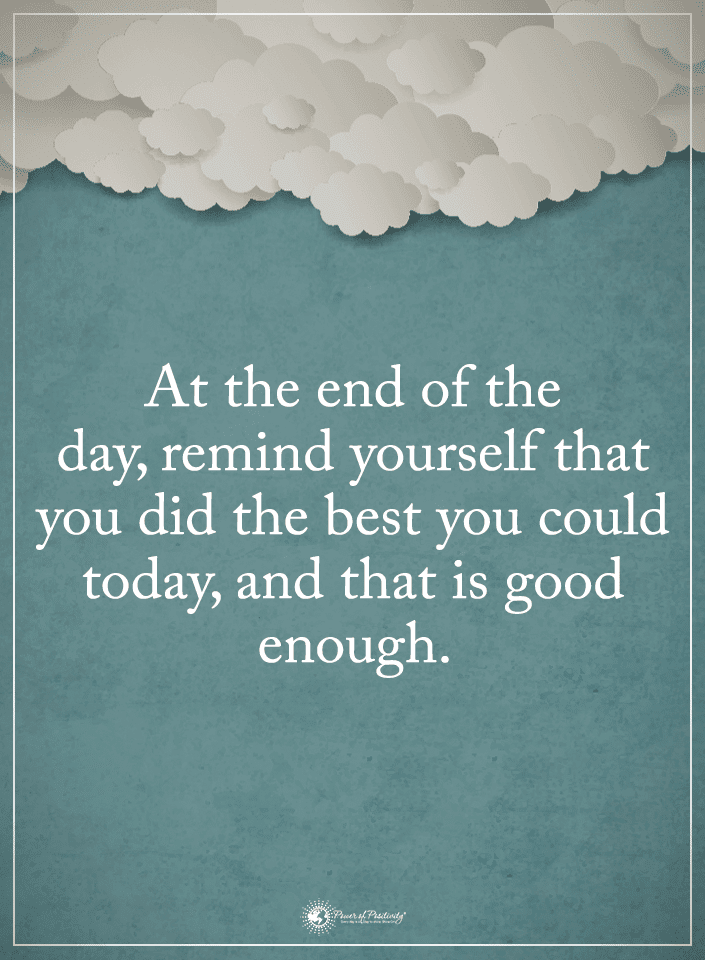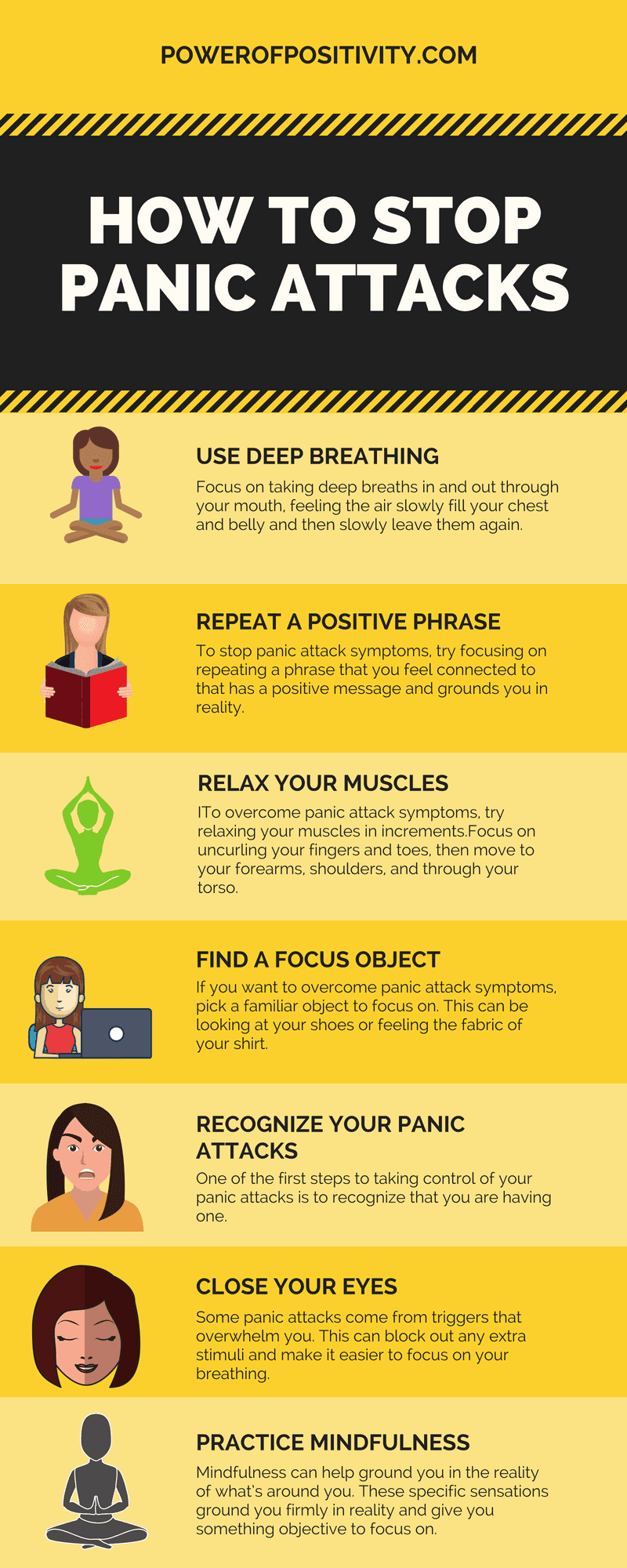If you deal with depression, you know better than anyone that there is no quick fix to fighting it. Finding your way out of this fog takes intentional and consistent effort to change your mindset as well as your habits. While it certainly is a challenge to escape this time in your life, that doesn’t mean it is impossible.
Getting Out of Depression
“If you are broken, you do not have to stay broken” — Selena Gomez
Fighting any depressive tendencies often feels like a never-ending battle. When you think you’ve won, that familiar dark cloud comes creeping back. To find a way out of my own darkness, I learned that making a few key lifestyle changes helped shift my thinking dramatically. If you’re looking for ways to change your life and overcome depression, read on.
1. Drink More Water
Believe it or not, your water intake is related to the amount of anxiety that you may feel. The less water your body has, the less energy your brain has to work with. Allowing your body to become dehydrated can easily lead to you feeling unnecessarily tired and stressed out.
Instead of letting dehydration run your life, focus on improving your daily water intake. Purchase water by the caseload and be sure to always have a bottle handy wherever you go. Focus on drinking entire bottles at specific times throughout the day, rather than just taking sips here and there.
2. Exercise Often
You may have heard that consistent exercise helps to deal with depression, but haven’t been able to experience it for yourself. If you commit to regular exercise and a solid fitness routine, you’ll see that your mood starts to lift almost immediately.
In a study with Duke University, participants with depressive tendencies were treated with an anti-depressant or regular aerobic activity. The results of this study showed that of the 40% who experienced significant change, those that were exercising regularly had higher response rates.
If you’re new to exercise or are unsure of where to begin, you may find it helpful to start with a fitness class or personal trainer. Having another person or a group of people present to either coach you through the workout or go through it with you will help keep you motivated throughout your workout. Similarly, working out with others helps you stay accountable, helping you stick to your workout routine.
3. Practice Mindfulness
Making time to be mindful may seem like a waste of time, but it’s an important step in becoming centered and overcoming depression. In a recent study with Mindfulness-Based Cognitive Therapy or MBCT, 84 people that were in remission from depression used MBCT to prevent any depressive episodes from returning.
This is why when fighting depression, it is so helpful to make time each day to pause, meditate, and breathe. This practice will allow you to clear your mind, de-stress, and really focus on the essence of life.
This meditative process works to rewire your brain. By being mindful, you are working to improve your memory and concentration, as well as immediately reducing your stress levels and anxiety. As you go on your journey to mindfulness, consider listening to guided meditations or calming sounds of nature.
4. Keep a Journal
Regularly writing in a journal will help you to work through any stressful situations you may be experiencing. Writing out your thoughts will allow you to untangle any ideas and emotions that you may have otherwise left unspoken. Consistently about your days will allow you to be become more in tune with yourself, helping to align both your emotions and mind.
Start journaling by buying a notebook or diary that is just for your daily writing. Each day, set aside a quiet moment to write out all of your thoughts. As you journal, be sure you are away from any distractions like your computer or phone. This will allow you to create a totally stress-free environment for you to truly focus on the task at hand.
5. Read for Fun
Reading for entertainment is lost on most of us. While many of us have self-help or educational books to help us professionally, taking the time to read a good book for fun is something most of us don’t make time for. Instead of picking up books that are solely focusing on self-development, try looking for reading material that allows you to disengage from the stress of the everyday.
When looking for books for entertainment, consider a work of fiction or exciting stories that allow your imagination to run wild. Search the Internet to look for new titles that you might find interesting. Developing a new habit of reading will help you focus.
The Depression Doesn’t Have to Win
Breaking free from depression takes work. While you likely won’t get better overnight, taking intentional steps to better yourself will allow you to work towards the life that you want. Dedicate yourself to making this change and never give up hope that you’ll be able to win the fight.
As you start to change your life with these five simple habits, you’ll be able to see the effects of this condition start to wear away in your life. Once these habits become ingrained into your routine, you’ll be able to keep building on the changes that you have made and finally overcome depression.
https://www.youtube.com/watch?v=CU2LlJxEdJ4






 1. Recognize Your Panic Attacks
1. Recognize Your Panic Attacks



